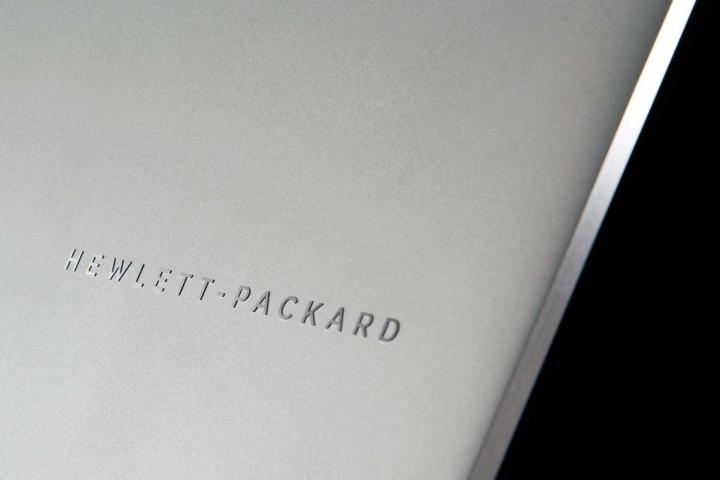
That newcomer, you may recognize as HP and SanDisk, who are collaborating on what they call ‘Storage-Class Memory.’
The new technology is, according to the companies, supposed to run at DRAM or near-DRAM speeds but at a lower cost. Both XPoint and Storage-Class Memory, or SCM, claim to run around the same speed — allegedly 1,000 times faster than flash with up to 1,000 times the endurance.
HP and SanDisk are anticipating that, with the tech, they’ll have the be able to devise better solid-state drives for data centers. In the capacity of the partnership, HP is preparing to supply its memristor tech, which was previously revoked from its “this will change everything” project called “The Machine.” Meanwhile, on SanDisk’s side, the third-largest flash storage corp plans to introduce its non-volatile ReRAM memory tech to the project, along with its historical manufacturing and design prowess.
“Our partnership to collaborate on new SCM technology solutions,” SanDisk EVP for memory tech Siva Sivaram said, “is expected to revolutionize computing in the years ahead.”
3D XPoint was announced back in July, backed by Intel and Micron’s claimed that they had created the first new memory category in over 25 years.
“For decades,” senior VP and GM of Intel’s Non-Volatile Memory Solutions Group proclaimed, “the industry has searched for ways to reduce the lag time between the processor and data to allow much faster analysis.”
He believes that with 3D XPoint, Intel “achieves this goal and brings game-changing performance to memory and storage solutions.”
It’s still up to the presses which memory tech is better for certain, but with two collaborations between such renowned tech companies going on at once, it’s unlikely that at least one doesn’t take off. Of course, SanDisk won’t start producing ReRAM until 2018, so the head-to-head won’t even begin for at least a few more years.


